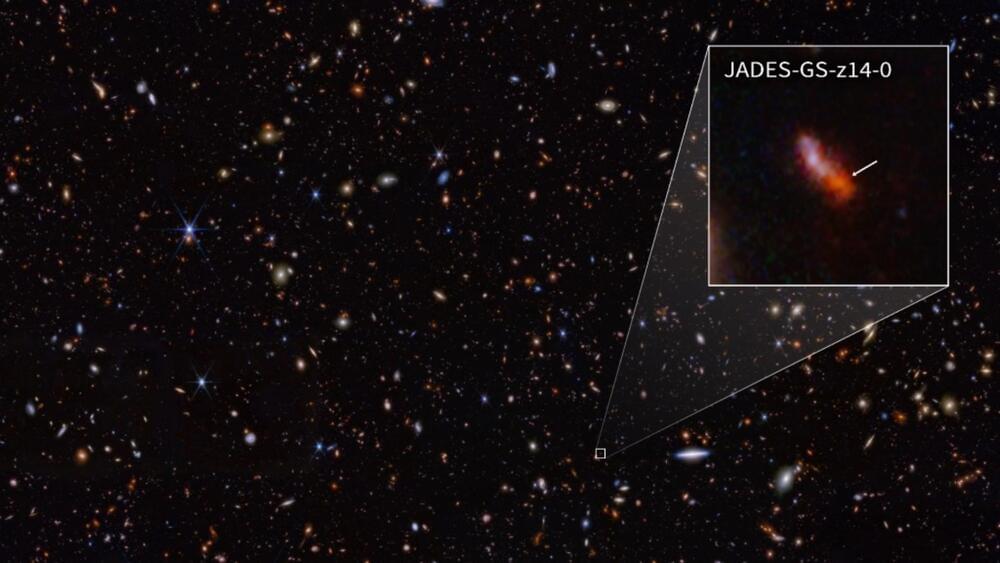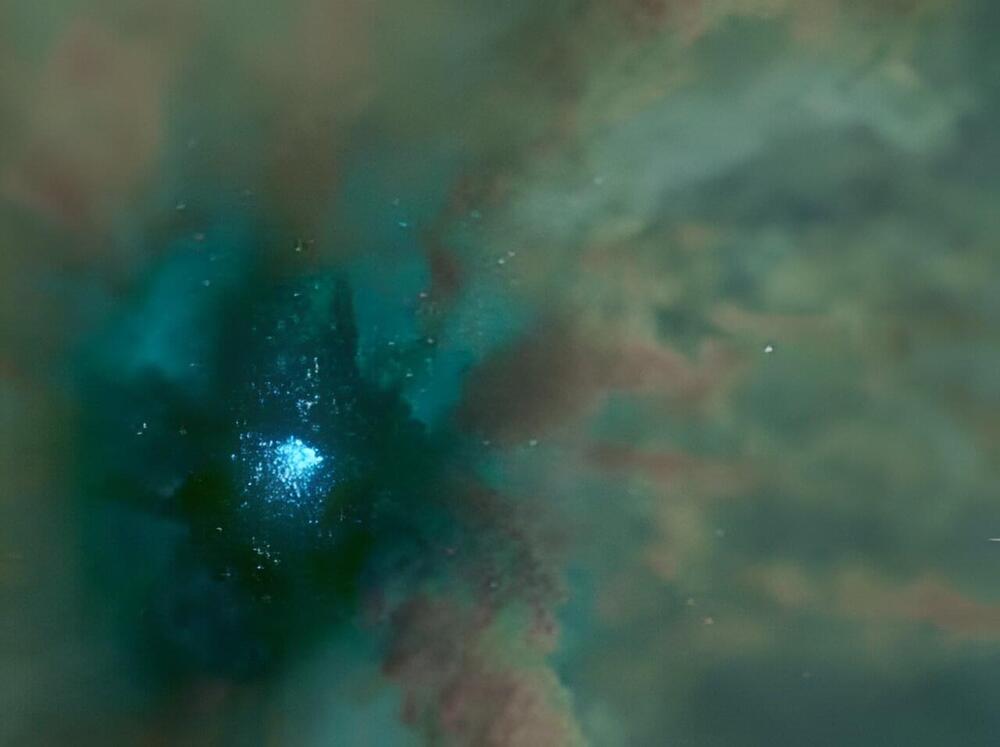What makes PSR J1748–2446 famous for its weirdness? Easy. It is the celestial object that spins the fastest in the universe. It’s also a star whose surface is not just solid, but harder than a diamond. Compared to lead, its density is 50 trillion times higher. Compared to our Sun, its magnetic field sizzles a trillion times more intensely. It is, in essence, the most extreme form of neutron star.
When a heavy sun explodes in a supernova, the core of the sun, which has the mass of several million Earths, collapses into a tiny sphere and the rest of the sun shoots outward. This is how neutron stars are created. When this occurs, the inverse-square law of gravity goes into its demo-mode with a vengeance.









